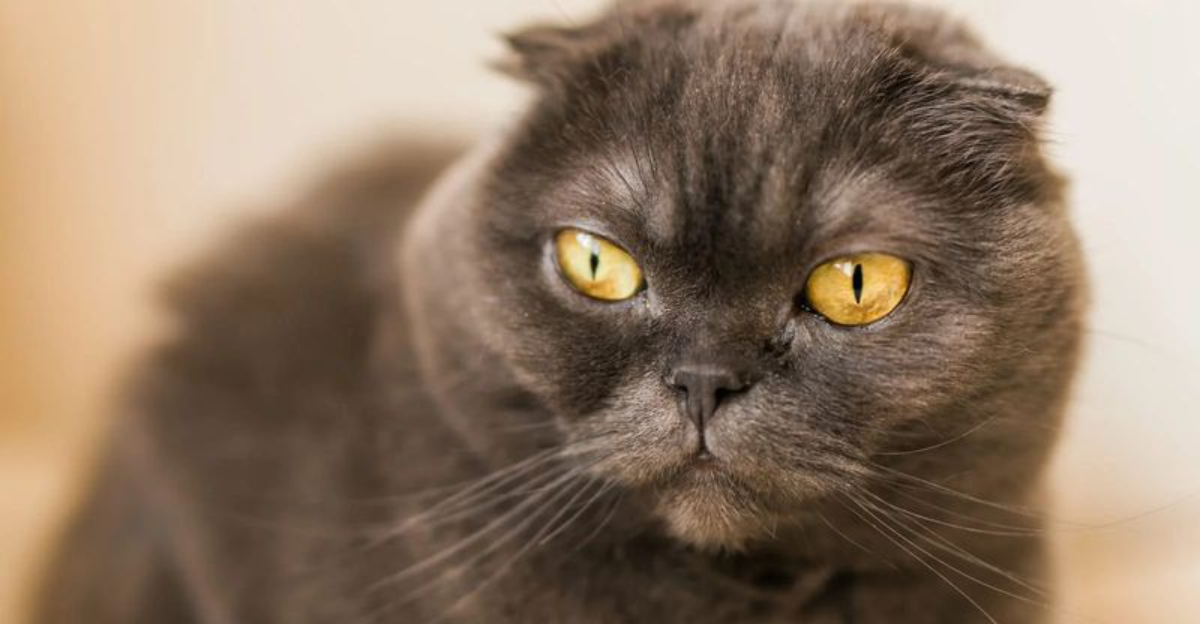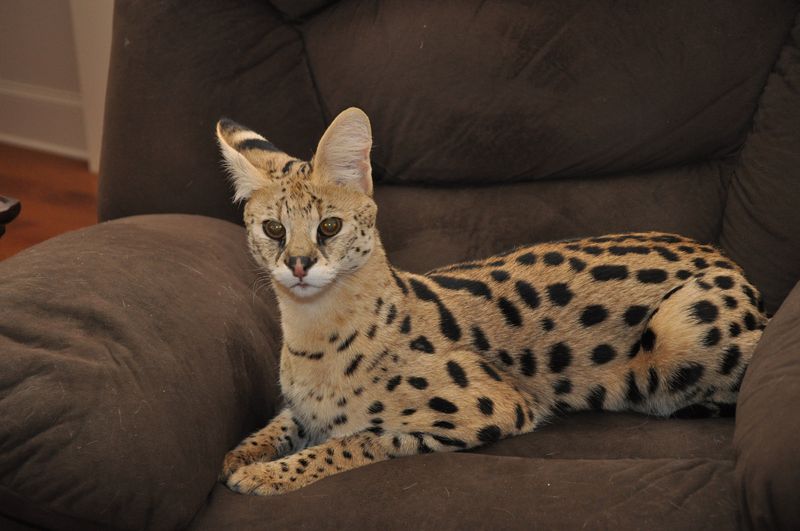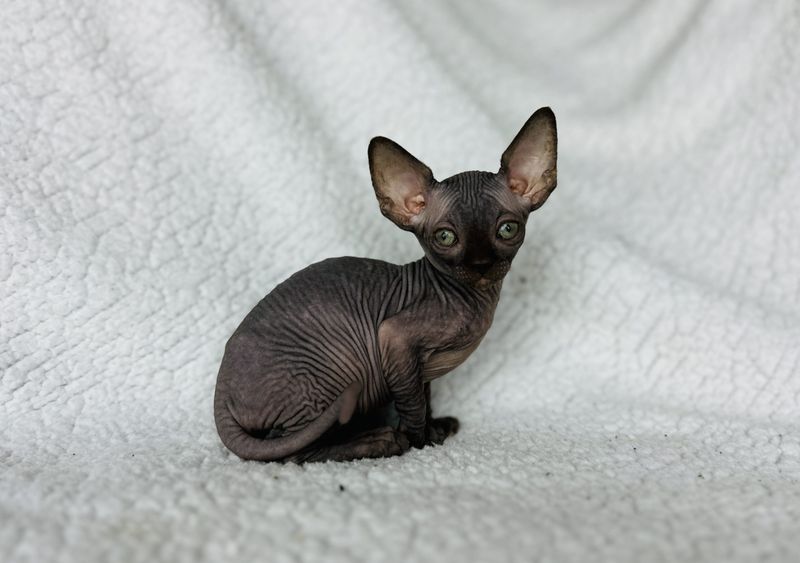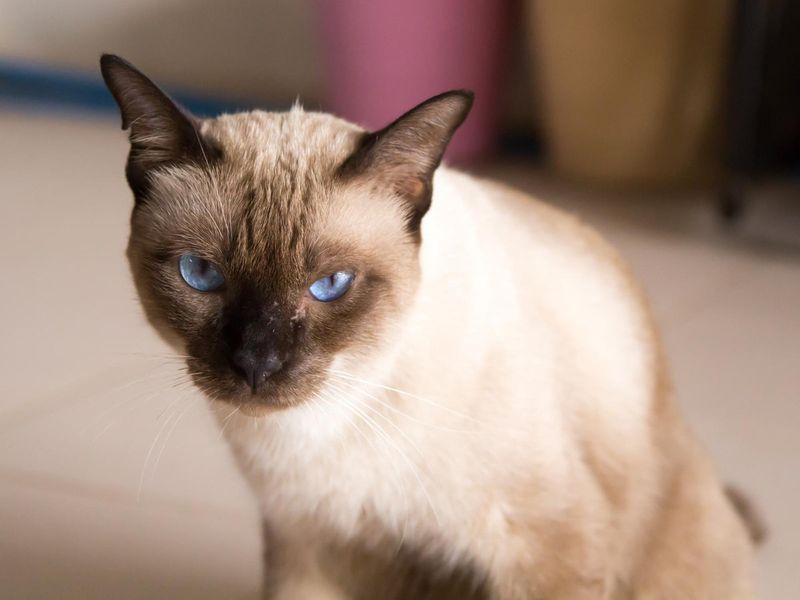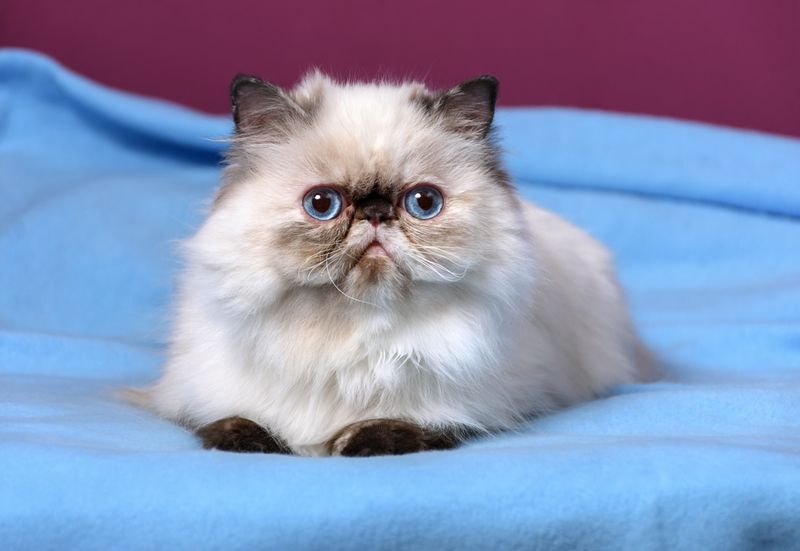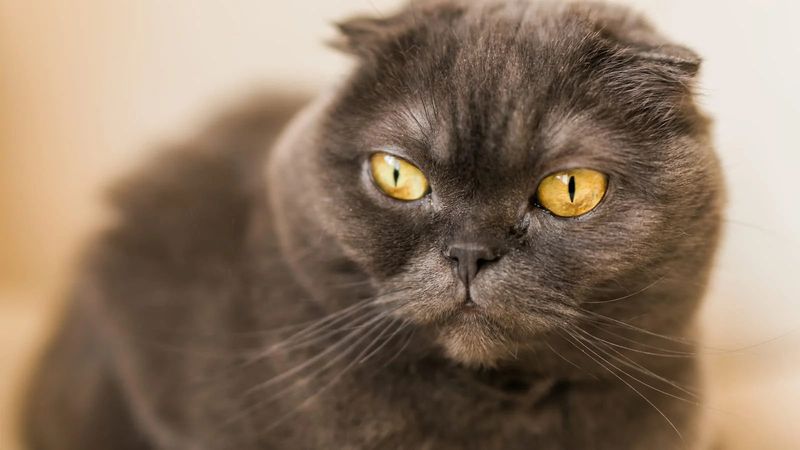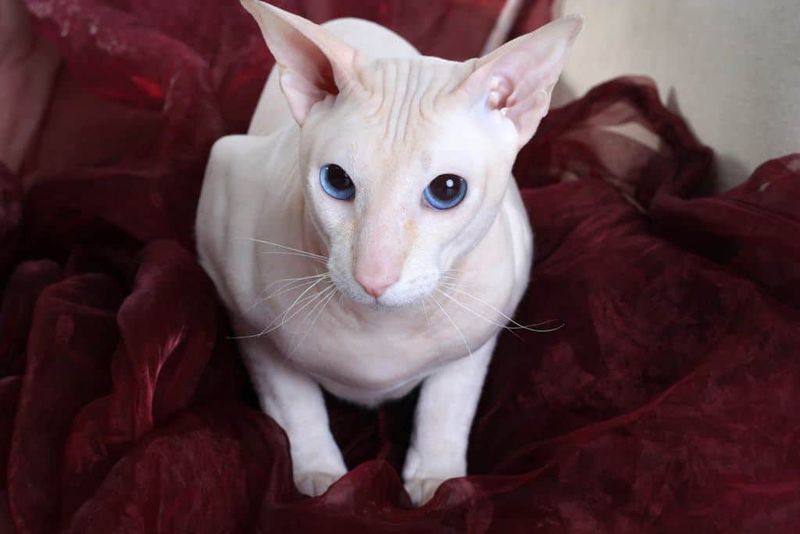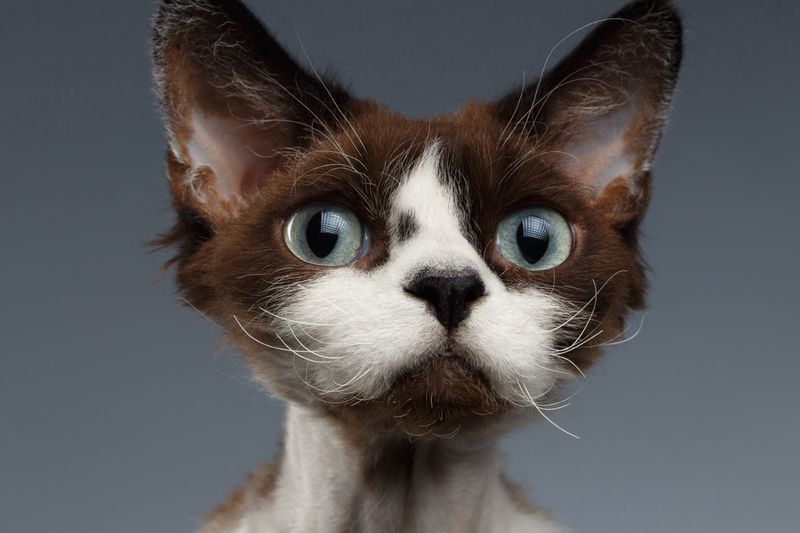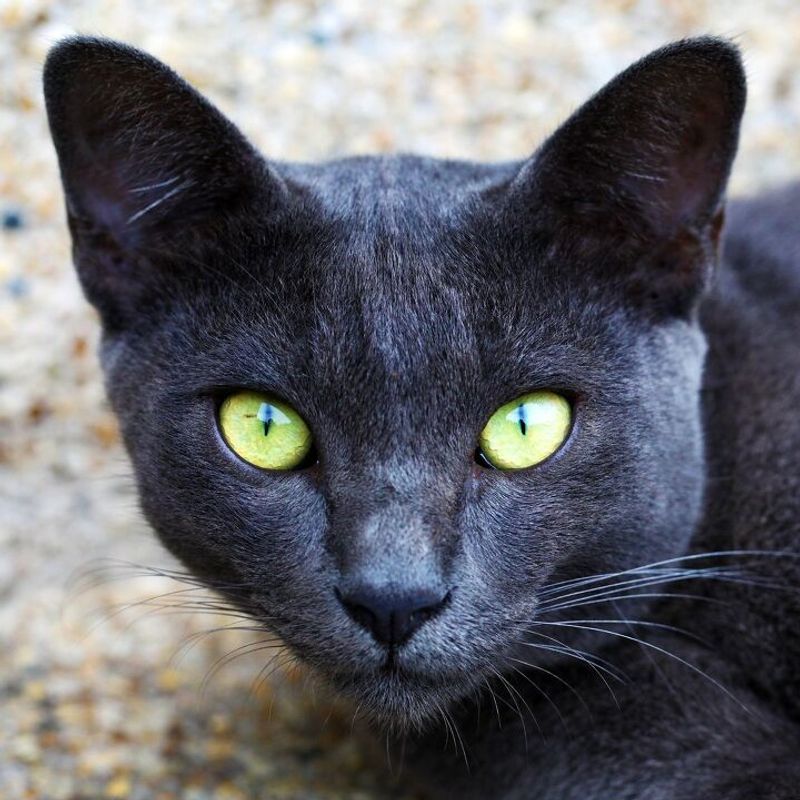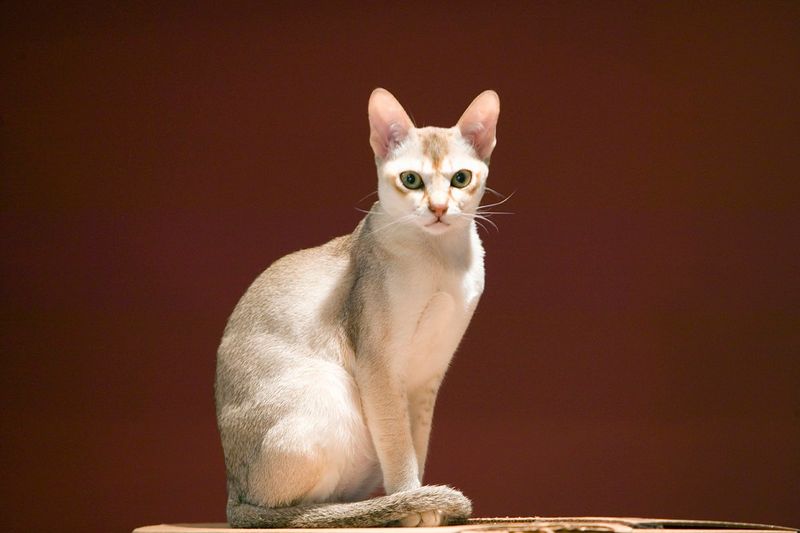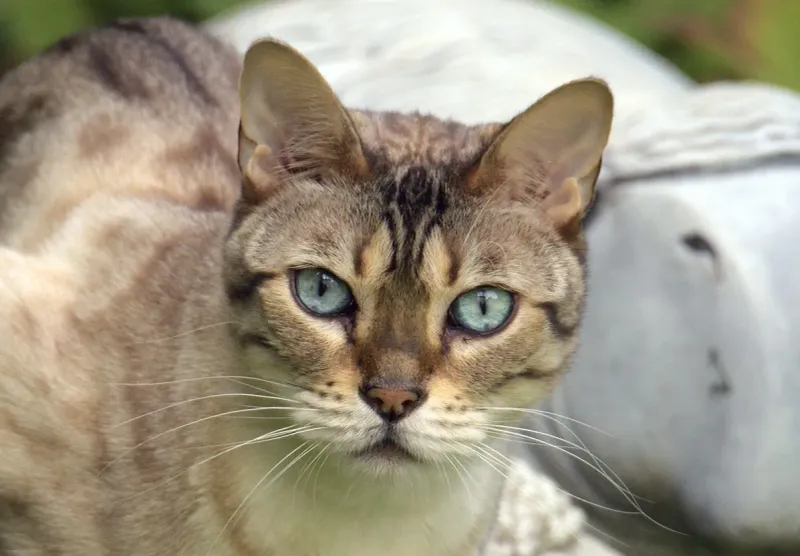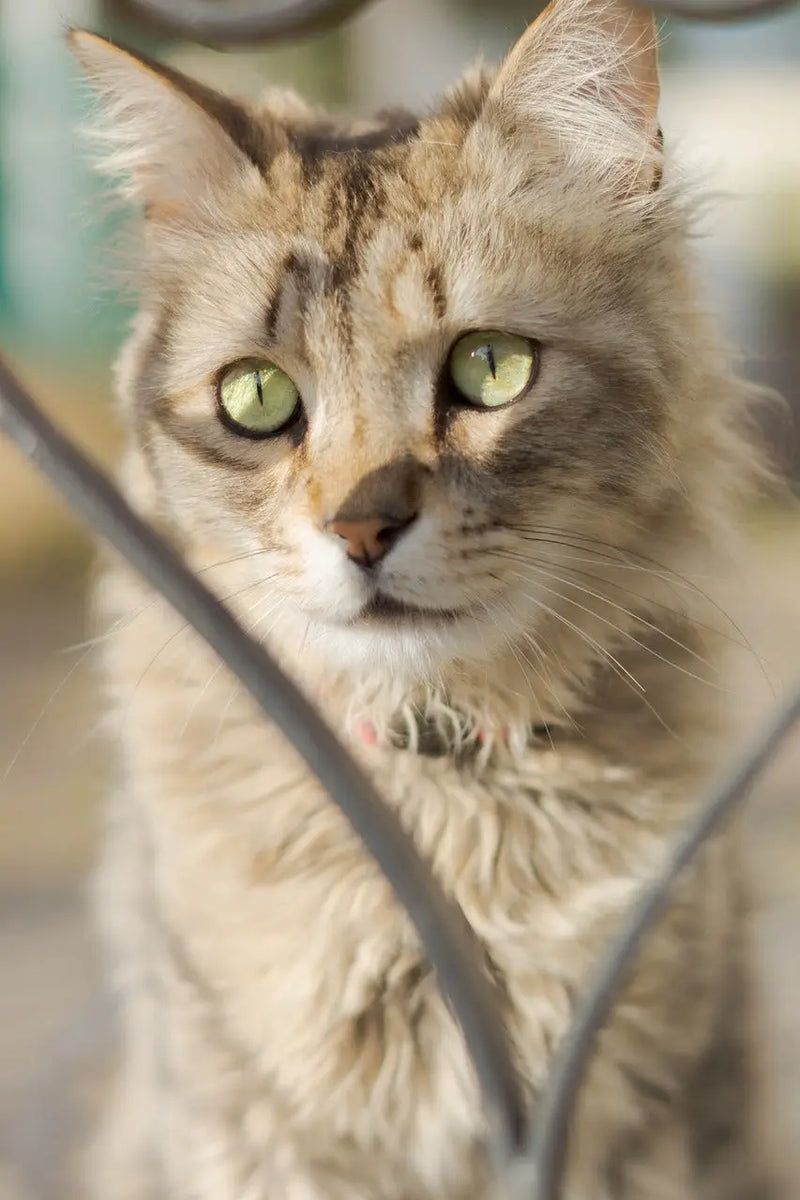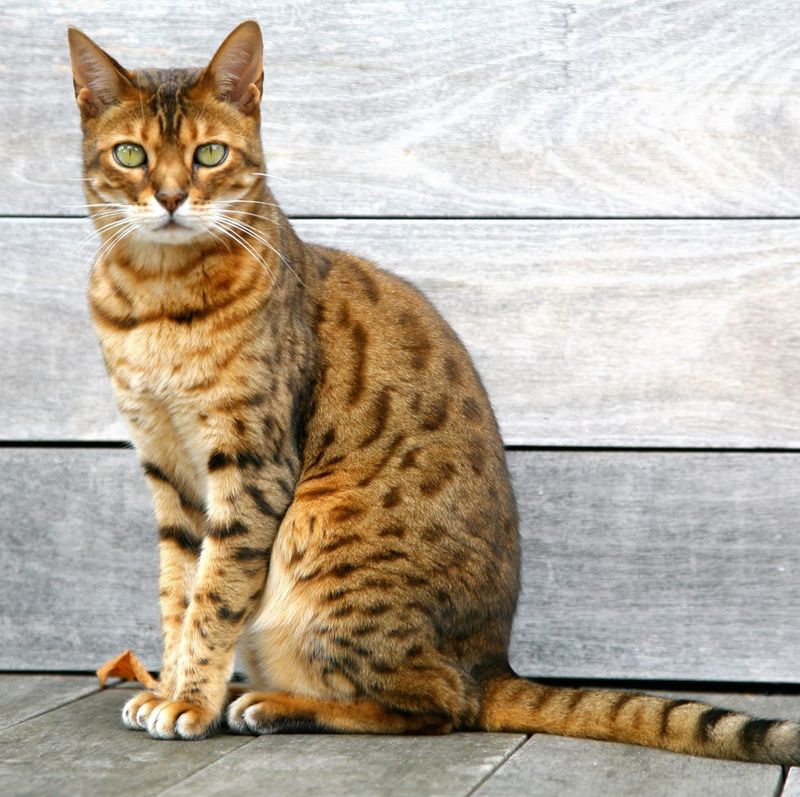📖 Table of Content:
Not all cats are created equal when it comes to being household pets. Some breeds require special care, environments, or attention that goes beyond what the average cat owner can provide. Whether it’s their wild ancestry, unique health needs, or particular temperament traits, these 13 cat breeds often struggle in conventional pet homes.
1. Bengal
Bengals possess wild ancestry that makes them challenging pets. These energetic felines need constant stimulation and large spaces to roam, making apartment living nearly impossible. Without proper outlets, they become destructive and may develop behavioral problems.
Their intelligence means they’ll outsmart basic toys quickly, requiring owners to constantly introduce new puzzles and games. Bengals also retain hunting instincts, sometimes stalking smaller pets or children.
Many Bengals vocalize loudly and frequently, especially when bored or seeking attention. Their high activity levels mean they rarely settle down for cuddles, disappointing owners looking for a lap cat.
2. Savannah
A cross between a domestic cat and a serval, Savannahs are part wild and known for their size and strength. F1 to F3 generations can reach 25 pounds and are capable of jumping 8 feet, which challenges standard home living.
Legal restrictions often apply to Savannahs in many states and countries. Their territorial nature can lead to spraying and aggressive behaviors that typical pet owners aren’t equipped to handle.
Food costs skyrocket with these large cats, and they require specialized veterinary care from doctors familiar with hybrid breeds. Their wild instincts mean they may never fully domesticate like traditional house cats.
3. Sphynx
Hairless Sphynx cats demand exceptional care that goes beyond regular pet maintenance. Their lack of fur means they get cold easily, requiring sweaters in winter and heated beds year-round. Skin oils that would normally absorb into fur instead build up on their skin.
Weekly baths are mandatory, not optional. Their exposed skin burns easily in sunlight, limiting outdoor time and requiring sunscreen application. Temperature regulation issues mean they’re constantly seeking warmth, often under blankets or pressed against radiators.
Veterinary costs increase with skin conditions, ear infections, and heart problems common to the breed. Their high metabolism means they eat significantly more than other cats of similar size.
4. Siamese
These cats meow often and loudly, making them a poor match for people who want a peaceful environment. Siamese cats thrive on attention and interaction.
Separation anxiety plagues this breed, making them poor choices for households where everyone works long hours. Destructive behaviors emerge when left alone, including scratching furniture and excessive vocalization that neighbors can hear.
Their high intelligence requires mental stimulation beyond what casual pet owners provide. Siamese form intense bonds with their people and can become depressed or develop behavior problems when their emotional needs aren’t met. They also commonly develop wool-sucking compulsions and other stress behaviors.
5. Persian
Caring for a Persian cat is time-intensive. Without daily brushing, their thick fur mats quickly, and tear stains around the eyes need to be cleaned regularly to prevent irritation or infection.
Brachycephalic (flat-faced) features cause breathing difficulties, snoring, and heat intolerance. Many Persians struggle with eating from standard bowls due to their facial structure. Dental problems are common because of jaw alignment issues.
Health concerns include polycystic kidney disease, progressive retinal atrophy, and respiratory infections. Grooming costs add up quickly, as professional grooming is often necessary every 4-6 weeks. Their sedentary nature also predisposes them to obesity and related health problems.
6. Scottish Fold
The same gene that gives Scottish Folds their distinctive ear fold also affects cartilage throughout the body, often leading to painful joint disease known as osteochondrodysplasia.
Ethical concerns surround breeding cats with known genetic disorders simply for aesthetic appeal. Many veterinarians discourage ownership of this breed due to welfare concerns.
Daily medication becomes necessary for many Scottish Folds as they reach middle age. Their condition often leads to limited mobility and chronic pain that’s difficult to manage. Potential owners must prepare for significant veterinary expenses and heartbreaking health decisions later in the cat’s life.
7. Peterbald
Peterbald cats come with extreme temperature sensitivity due to their minimal coat. These rare Russian breeds cannot tolerate drafts, air conditioning, or cool weather without showing signs of discomfort or developing health issues.
Their unusual appearance attracts attention but requires special skincare routines. Owners must apply moisturizer to prevent dryness and clean their skin regularly to remove oil buildup. Sun exposure must be strictly limited to prevent painful burns.
Finding veterinarians familiar with this uncommon breed presents challenges in many areas. Their rarity also comes with an extraordinary price tag—often $1,500-5,000 for a pet-quality kitten. Specialized diets high in calories help maintain their body temperature, adding to ownership costs.
8. Devon Rex
With coats as gossamer as mist and rippled like silk, Devon Rex cats are a study in delicacy. Their fragile fur breaks away with the slightest touch, leaving behind bald patches that often worry owners unnecessarily. Always chasing warmth, these heat-loving felines can be found nestled in sunbeams, blankets, or laps, drawn like moths to a flame.
Genetic health issues include hypertrophic cardiomyopathy and patellar luxation. Their large ears collect dirt quickly and are prone to infections without regular cleaning. Skin conditions affect many Devon Rex cats due to their unusual coat structure.
These cats form intense bonds with their humans and experience severe separation anxiety when left alone. Their mischievous intelligence leads them to open cabinets, turn on faucets, and create chaos that more sedate breeds would never attempt.
9. Korat
There’s no mistaking a Korat’s favorite person—they’ll follow them like a shadow while avoiding others with icy precision. Their unwavering loyalty can cause household discord, as their reactions to non-favored humans may include hissing or swatting. Despite their long-standing reputation in Thai culture as bringers of luck, these cats can be surprisingly selective and resistant to broad socialization.
Environmental sensitivity makes Korats poor candidates for homes with children or other pets. Loud noises, sudden movements, or changes in routine can trigger stress behaviors including inappropriate elimination and excessive grooming.
Finding a Korat requires extensive waiting lists, as ethical breeders produce few litters. Their rarity means veterinarians may lack experience with breed-specific health issues like dental problems and low heart rates that characterize these silver-blue cats.
10. Singapura
Tiny but full of personality, Singapuras are among the world’s smallest cat breeds. However, their petite size makes them vulnerable—something as simple as a misstep, a rocking chair, or enthusiastic play can unintentionally hurt them.
Health problems plague these tiny cats, including kidney disease and ureteral issues requiring expensive surgeries. Their small size doesn’t diminish their energy levels, creating a paradoxical pet that needs extensive play but breaks easily.
Finding a legitimate Singapura presents challenges, as their rarity has led to misrepresentation by unethical breeders. Genuine specimens require temperature-controlled environments because their small bodies lose heat rapidly. Their limited genetic pool also contributes to health issues that may not appear until middle age.
11. Chausie
Chausies blend jungle cat and domestic cat genetics, creating a high-energy hybrid that requires extraordinary space. These athletic cats can jump over 6 feet high from a standing position, making counters, shelves, and restricted areas impossible to protect.
Their hunting drive remains strong, leading them to stalk and pounce on anything that moves—including small children. Many Chausies develop digestive sensitivities requiring specialized diets that avoid grains and fillers.
Behavioral issues emerge when these cats lack sufficient outlets for their energy. Destructive chewing, clawing, and play aggression become common problems. Their wild ancestry means they’re illegal in some regions, and finding pet insurance that covers hybrid breeds presents additional challenges for responsible ownership.
12. LaPerm
Don’t be fooled by the LaPerm’s cute curls—they’re high-maintenance. Their fur mats quickly and deeply, often where you can’t see it. Owners need both time and grooming knowledge to keep these cats tangle-free and comfortable.
Genetic health concerns include polycystic kidney disease and hypertrophic cardiomyopathy. The breed’s rarity means finding reputable breeders requires extensive research and often long-distance travel to acquire a kitten.
Unexpected coat changes occur throughout a LaPerm’s life, with some cats losing their signature curls temporarily or permanently. Their highly active nature means they’re rarely content as indoor-only pets unless provided with extensive enrichment. Finding groomers familiar with their unique coat presents ongoing challenges in many communities.
13. Toyger
With their tiger-like stripes and wild charm, Toygers turn heads—but they’re not low-maintenance lap cats. These smart, active felines need lots of stimulation, from interactive play to regular training. They do best with owners who have experience meeting complex feline needs.
Breeding for specific appearance traits has led to health concerns, including heart murmurs and joint issues. The rarity of Toygers means finding one involves extensive waiting lists and prices starting at $3,000 for pet-quality kittens.
Their strong prey drive makes them poor companions for homes with small pets like hamsters or birds. Territorial marking becomes problematic in multi-cat households. While visually stunning, Toygers demand lifestyle adjustments that most potential owners aren’t prepared to make.
